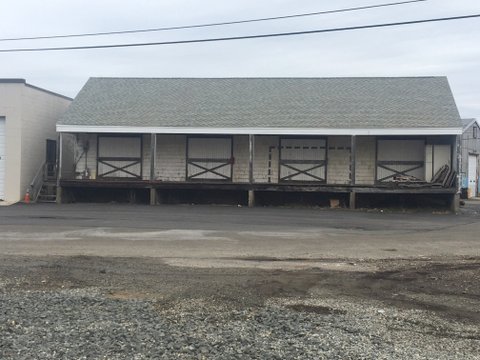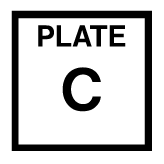http://www.trainsarefun.com/lirr/Yaphank/Yaphank.htm
A few questions for you folks:
1.
Larger: http://www.trainsarefun.com/lirr/Yaphan ... Bender.jpg
a. Anyone can elaborate on this form/use/etc.
b. Georgia Pacific is now Bluelinx Co. (just to verify as a current NYA consignee/customer).
2.
a. Ex-Western Suffolk Produce - Potato House View N I'm trying to verify this was that industry. I'm 90%+ it is, but..
b. Emery's map http://www.trainsarefun.com/lirr/Yaphan ... _10-57.jpg 10/1957 Emery maps not to scale
3. Any photos of the Lumber ops south of the main at ex-Georgia Pacific, now Bluelinx Co.?
Thanks!
A few questions for you folks:
1.

Larger: http://www.trainsarefun.com/lirr/Yaphan ... Bender.jpg
a. Anyone can elaborate on this form/use/etc.
b. Georgia Pacific is now Bluelinx Co. (just to verify as a current NYA consignee/customer).
2.

a. Ex-Western Suffolk Produce - Potato House View N I'm trying to verify this was that industry. I'm 90%+ it is, but..
b. Emery's map http://www.trainsarefun.com/lirr/Yaphan ... _10-57.jpg 10/1957 Emery maps not to scale
3. Any photos of the Lumber ops south of the main at ex-Georgia Pacific, now Bluelinx Co.?
Thanks!
